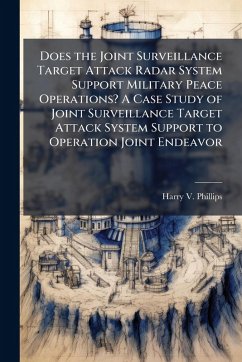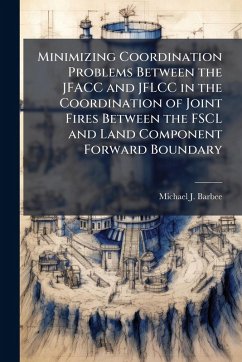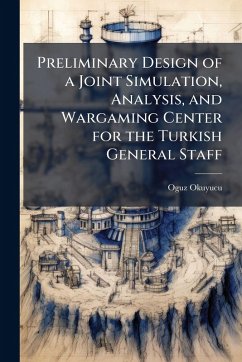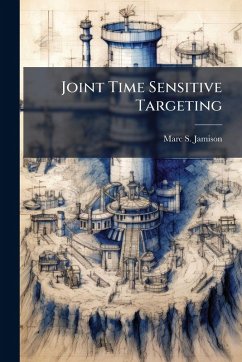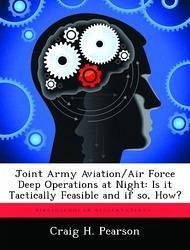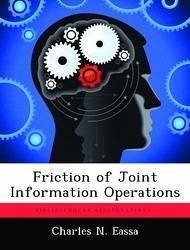
Friction of Joint Information Operations
Versandkostenfrei!
Versandfertig in über 4 Wochen
15,99 €
inkl. MwSt.

PAYBACK Punkte
8 °P sammeln!
Joint Publication 3-13, Joint Doctrine for Information Operations was published in 1998 to provide clarity and guidance for conducting joint information operations. This paper seeks to answer if the doctrine proved sufficient at the Joint Task Force Level. The formation of Joint Task Forces is normally done under time constraints and with limited resources. Joint information operations doctrine must provide a framework that enables a common understanding and approach to its integration with other capabilities the JTF will employ. Outlining information's role throughout the levels of war and th...
Joint Publication 3-13, Joint Doctrine for Information Operations was published in 1998 to provide clarity and guidance for conducting joint information operations. This paper seeks to answer if the doctrine proved sufficient at the Joint Task Force Level. The formation of Joint Task Forces is normally done under time constraints and with limited resources. Joint information operations doctrine must provide a framework that enables a common understanding and approach to its integration with other capabilities the JTF will employ. Outlining information's role throughout the levels of war and the requirement for information at the JTF level, this paper uses the hierarchy established by previous keystone joint publications to determine if the joint information operations doctrine expanded on the established framework. During this process, the friction caused by the focus of Joint Publication 3-13 is contrasted against the hierarchical joint doctrine. The study concludes that Joint Publication 3-13 represents a new and very complex arena within joint doctrine. Driven by the lure of technology as a substitute for common understanding of operational art, it is not sufficient but serves a starting point for the continued enhancement of the doctrine for better facilitation. Joint Publication 3-13 created a great deal of friction. The publication did not sufficiently clarify the role or the value of information across the spectrum of conflict. It did not link the national instrument of power called information to military information operations to provide unity of effort. There was no discussion expanding the fundamentals of operational art from the joint information operations perspective. Technically oriented, Joint Publication 3-13 did not provide guidance for JTF Commanders to include information operations in their intent statements, concept of operations, or commander's critical information requirements. These omissions contribute to the friction of integrating inform This work has been selected by scholars as being culturally important, and is part of the knowledge base of civilization as we know it. This work was reproduced from the original artifact, and remains as true to the original work as possible. Therefore, you will see the original copyright references, library stamps (as most of these works have been housed in our most important libraries around the world), and other notations in the work. This work is in the public domain in the United States of America, and possibly other nations. Within the United States, you may freely copy and distribute this work, as no entity (individual or corporate) has a copyright on the body of the work. As a reproduction of a historical artifact, this work may contain missing or blurred pages, poor pictures, errant marks, etc. Scholars believe, and we concur, that this work is important enough to be preserved, reproduced, and made generally available to the public. We appreciate your support of the preservation process, and thank you for being an important part of keeping this knowledge alive and relevant.







